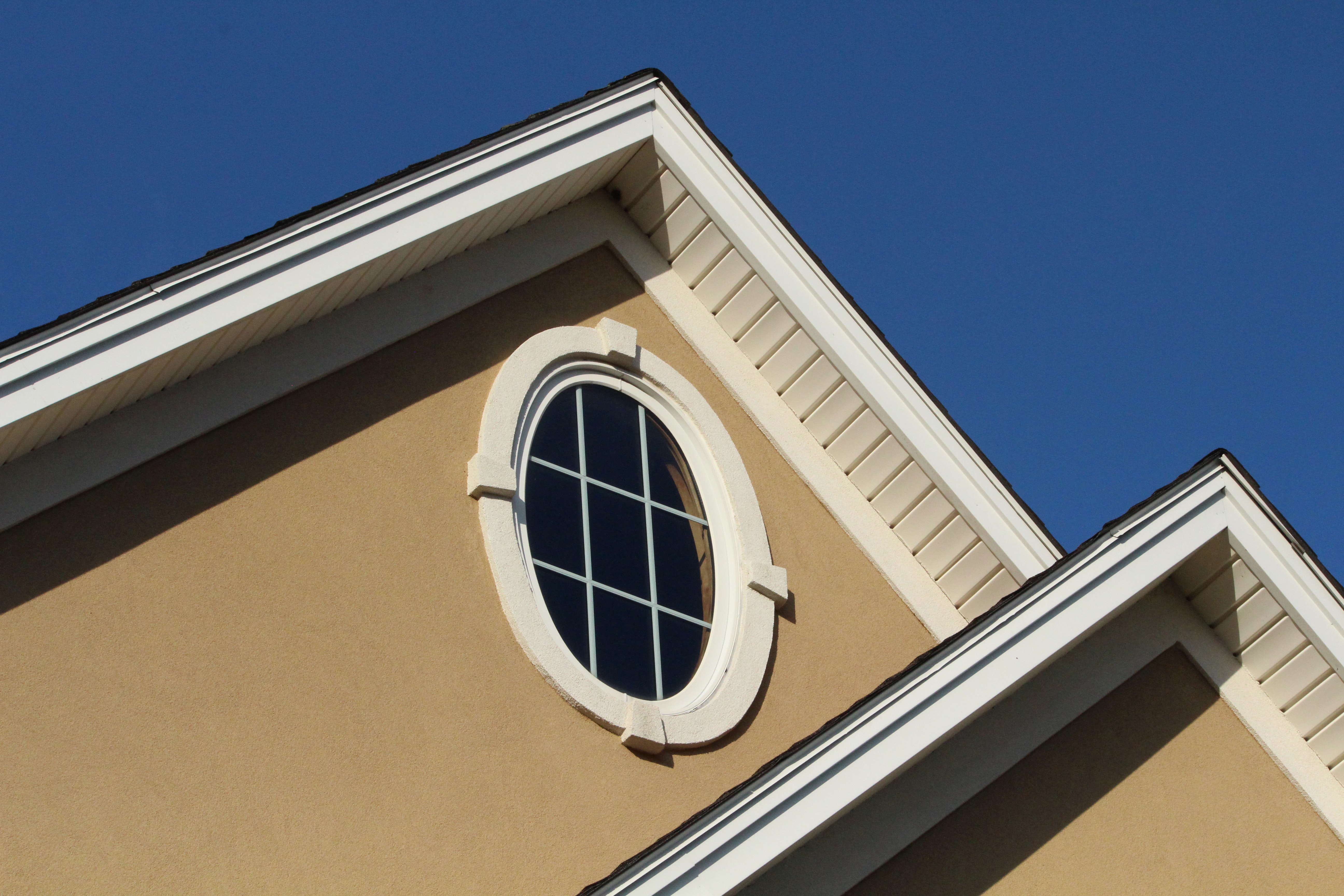
What is cement based plaster mixes
Cement was introduced into the industry just after the end of the Second World War. Made of 75% limestone and 25% clay.
Cement-based plaster mixes
Cement was introduced into the industry just after the end of the Second World War. Made of 75% limestone and 25% clay, cement is a binder that provides a faster set and also provides strength in the mix. The introduction of cement in undercoat mixes meant buildings and plastering work had faster setting times. This allowed work to be completed more quickly, which suited the high demand for new housing after the war.
Cement mixed with sand and water will begin to set after 45 minutes and is normally completely set by the next day. However, the mixture can take several days to reach its final strength. This process is known as curing.
Although cement had advantages over lime mixes, it also had its own problems, such as shrinkage, mixes being too dense or brittle and irregular strength resulting in cracking. These days:
- Cement-based mixes are commonly used on renovation work or when harder background surfaces are required
- Cement and sand plastering mixes are commonly used on old buildings that have been treated with a chemical damp course
- Hydrated lime is sometimes added to cement and sand mixes to improve adhesion, workability and even increase suction for the finishing coat.
Cement- and lime-based plaster mixes should only be applied to solid backgrounds. The mix ratio commonly used is 5: 1 sand and cement, or 6:1:1 sand, cement and hydrated lime. However, mix ratios can vary, to take into account the strength and compatibility of the background.
The City & Guilds Textbook: Plastering for Levels 1 and 2
Mike Gashe & Kevin Byrne